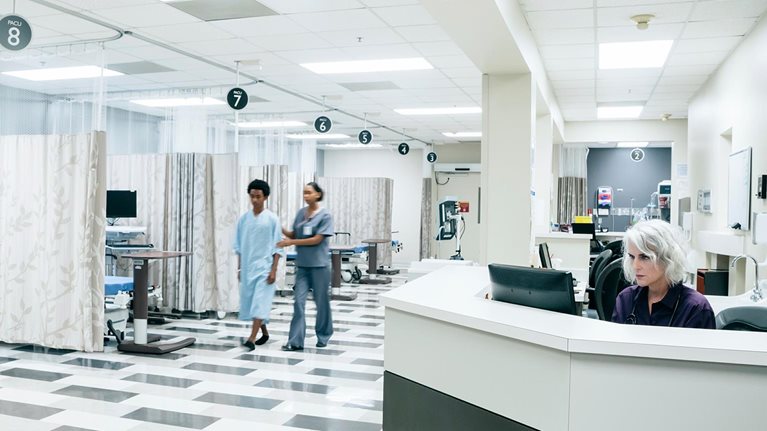As patient volumes return and begin to exceed 2019 levels in the United States, and COVID-19 hospitalizations continue to be a factor, hospital leaders are taking a number of steps to meet increased demand and ensure access to care, according to a new McKinsey survey. These actions have included expanded clinic hours and increased physician productivity expectations, optimized operating room scheduling, and expanded operating room hours.1 A critical challenge hospitals cite in continuing to meet this need is the capacity and well-being of the US healthcare workforce. Healthcare systems are managing short-term, pandemic-era workforce challenges while sowing seeds for longer-term changes that enhance workforce and patient experience. Employers are examining a wide range of ideas and models to achieve the latter.
Nursing workforce coverage is a continuing challenge

How operations have been impacted due to workforce constraints

Hospitals are responding by increasing wages and amplifying recruitment efforts

Moving forward, continued multi-stakeholder efforts to support and retain the current US healthcare workforce and recruit and develop additional talent will be critical.

Nursing in 2021: Retaining the healthcare workforce when we need it most
Research methodology
From July 16 to 24, 2021, McKinsey surveyed strategic and operational leaders from 100 large private-sector hospitals in the United States to see how COVID-19 had impacted hospital volumes, and to understand what expectations and implications were for the upcoming year(s). A similar survey was also conducted in May 2021, February 2021, and July 2020, with approximately 30 large health-system respondents.
All of the 100 respondents represented hospitals with more than 200 hospital beds. These 100 hospitals represented hospitals from all regions of the United States (Northeast, Midwest, South, and West), and collectively represent approximately 10 percent of all hospital beds in the United States.
All survey questions were based on the experiences of an individual facility, rather than the system overall. Responses were aggregated and weighted equally for analyses.


